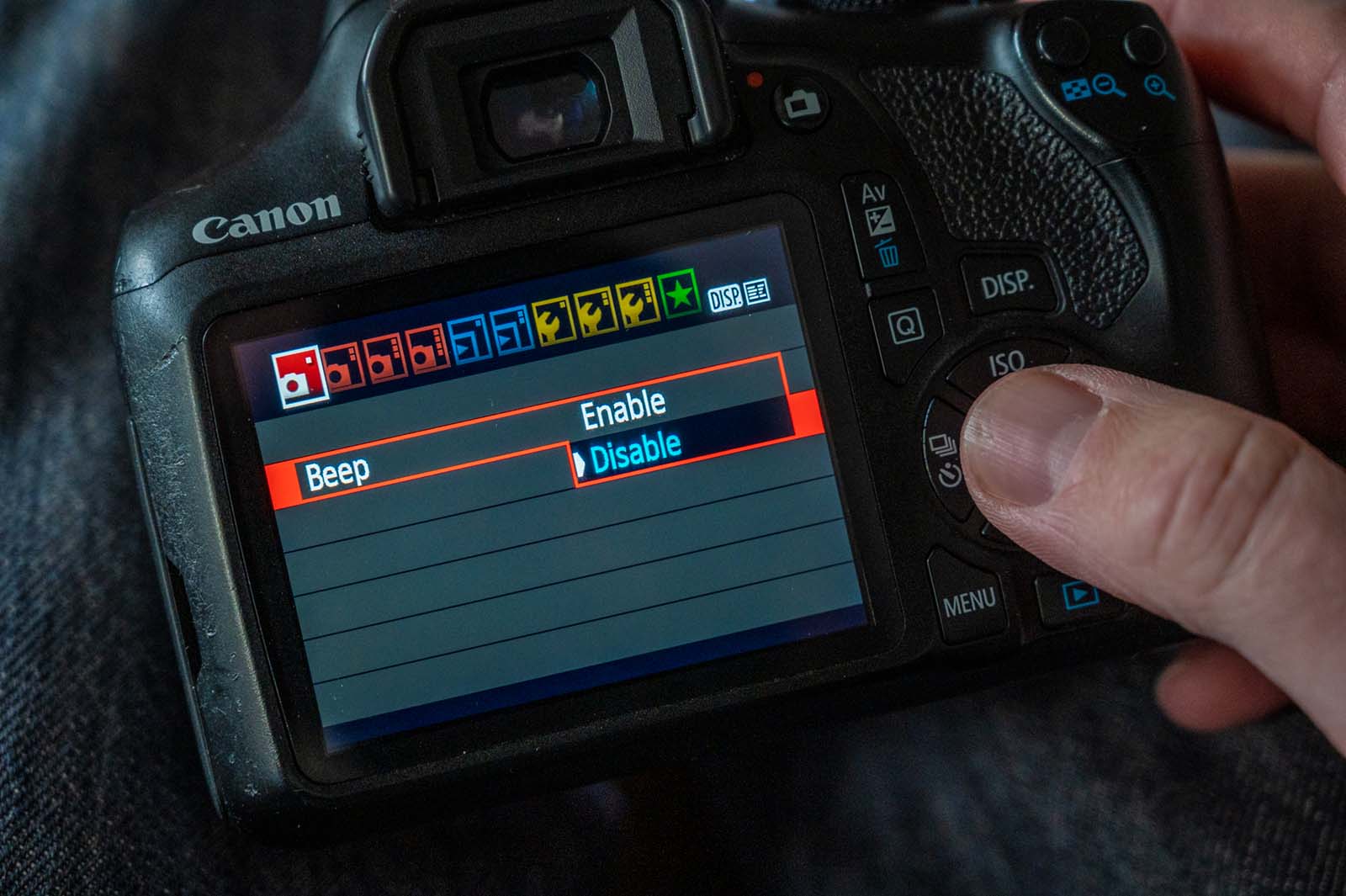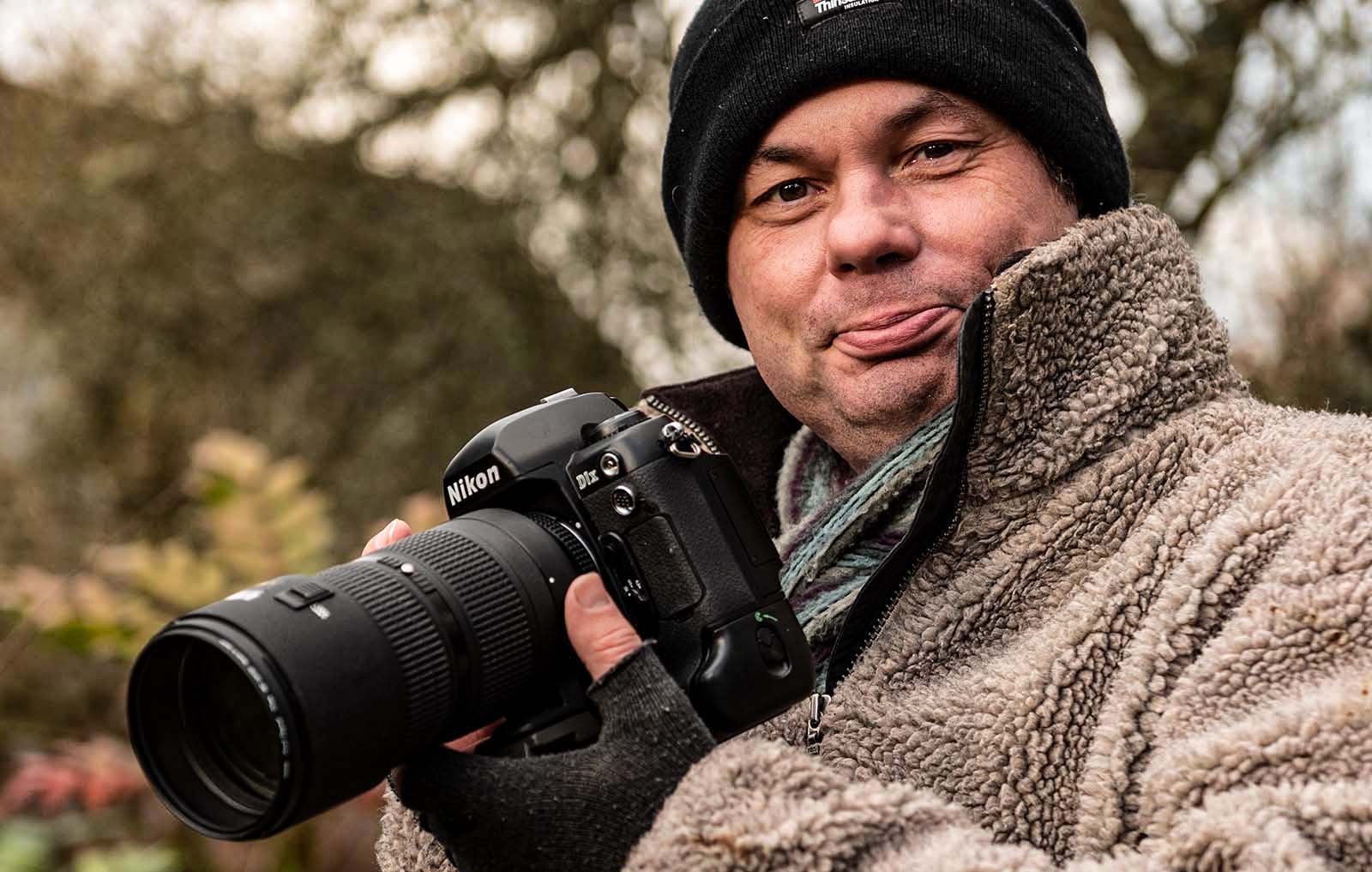10 settings to change first on every camera
Andrew Noakes
5 January 2021

Grab a camera, compose your shot and... strange, it's not focusing. Ah, someone set it to manual. Now it's focused, let's look at the result – too dark. Ah, hadn't realised it's set to spot metering. And there's a funny blue colour cast, so the white balance needs resetting. And I wanted a couple of shots really...
I handle a lot of secondhand cameras, and I generally want to get each one set up quickly so I can shoot confidently with it. And I've found that the settings I alter are almost always the same few each and every time.
So here are the top 10 settings to change first when you pick up a pre-used camera.
1 Factory reset
You can never be sure what settings a previous user will have selected, so the best bet is to reset everything to the factory defaults and work from there. Most cameras have a menu item for Reset shooting options or Clear all camera settings. On some Nikons two of the buttons are marked with green spots, and holding both buttons down together for a couple of seconds performs a quick reset.
2 Beep – Disable
Why do people want cameras to beep? I can see when the camera has focused, I don't need it to beep to tell me. I know when I've pressed a button as I navigate the camera menu, I don't need the camera to beep every time to confirm it. Invariably, the first setting I change is to silence the annoying beeps.
3 Image quality – Raw or JPG Fine
I'll either shoot Raw files, if the camera has that capability, or the largest, highest-quality JPGs. That gives me the most flexibility for tweaking the image later on.
4 ISO – Low, maybe Auto
High-ISO performance varies enormously from one camera model to another, generally modern cameras doing a much better job at high ISO than older ones as sensor technology has improved. Unless I know the camera well I'll set it to a fixed, low ISO to maximise quality. Auto might result in the camera choosing a higher than necessary ISO and introducing noise into the image where there's no need. On a modern camera I know well I'll use Auto ISO, with the maximum ISO set to a level where the image quality is still acceptable.
5 Metering – Evaluative Matrix
Spot and centre-weighted modes are useful in special cases but as a baseline I'll set the camera to its most automated, full-frame mode - generally some form of evaluative matrix metering. But I'll also keep a look out on the image review for excessively light or dark images if the lighting conditions are likely to fool the metering.
6 Focus – AF, Single-Shot, Wide Area
I'll set autofocus on and as I'm normally dealing with static subjects I'll want a single or one-shot mode. Depending on the capabilities of the camera I might use a wide area or automatic focus point mode, or manually select a single focus point.
7 Release mode – Continuous (low)
Often I'll want to take two or three frames of the same shot, as much as anything for insurance against camera shake. It's quicker and easier to rattle off a few frames at a time with a continuous release mode than to use the single-shot mode that is usually the default. That usually forces you to refocus and potentially recompose the shot for each frame you shoot, and that wastes a lot of time. But on a camera that can deliver more than about 4FPS I'll choose the low-speed mode to avoid a burst of frames I don't need.
8 Viewfinder/live view – Auto
If it's a camera with an electronic viewfinder with an eye sensor I'll set it to automatically choose the viewfinder or rear screen depending on how I'm looking at the camera. Most of the time I'll be composing using the viewfinder as that gives better results.
9 Image review – On
Generally I'm trying to get to grips with a camera quickly. Reviewing the results on the LCD helps, so I'll set the image review option to display each shot. This is often on by default.
10 White balance – Auto
White balance is another area where digital cameras have improved enormously over the years. I usually set to Auto, or on newer cameras use the ambience priority setting, but sometimes this means some colour tweaking will be necessary later.
With these 10 items set up any digital camera will be as predictable and confidence-inspiring as possible, letting me concentrate on the pictures rather than battling with the technology.
Bonus! 11 Exposure mode – A or S
You can use whatever exposure mode you like, of course, but for me the default for a camera I don't know well is aperture priority. Specifying the aperture gives you direct control over depth of field, which is an important creative factor. That's if the subject is stationary: if it's moving I'll use shutter priority so I can pick a shutter speed that gives the effect I'm after, whether that's freezing the action or allowing some motion blur.
